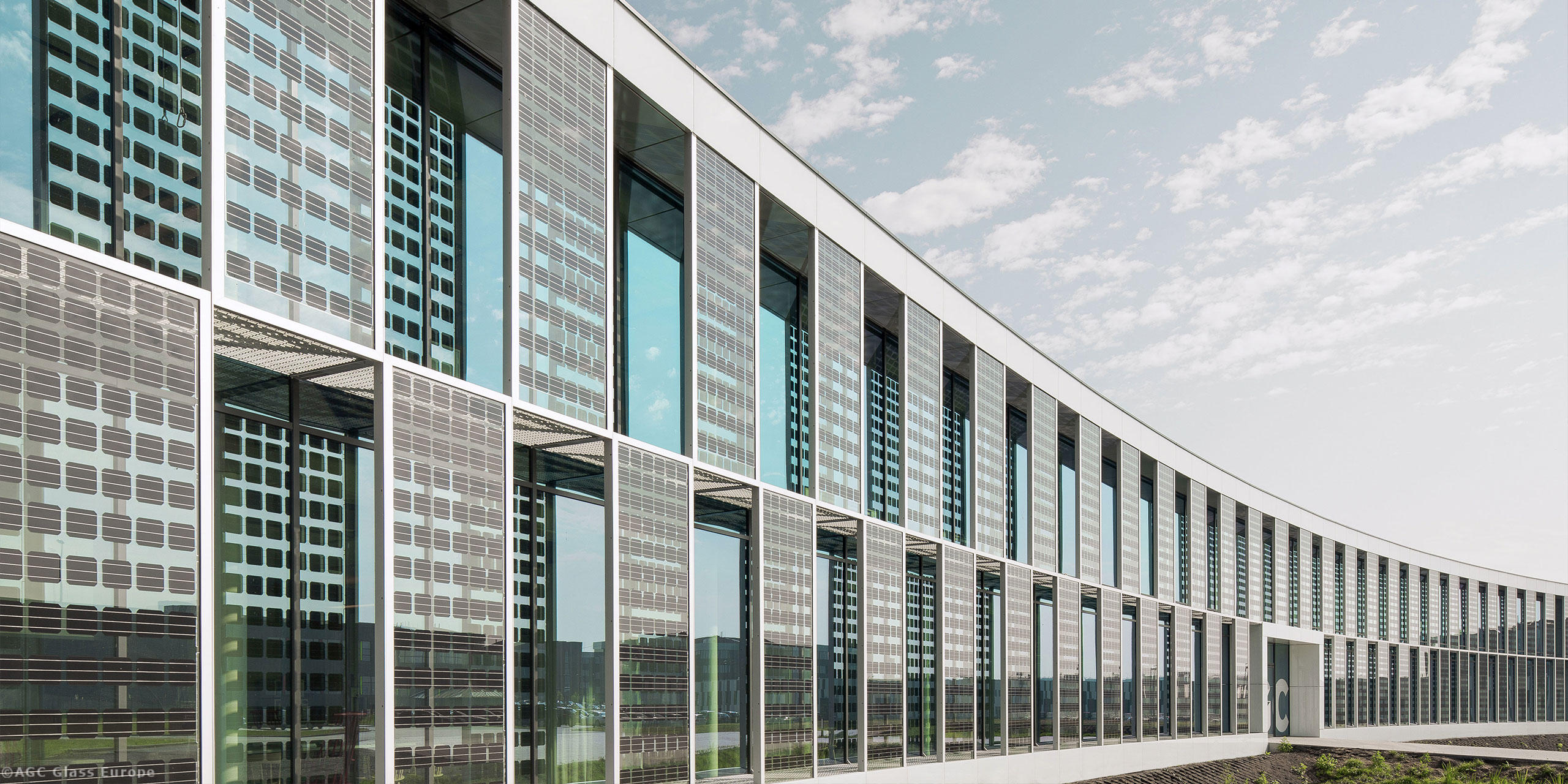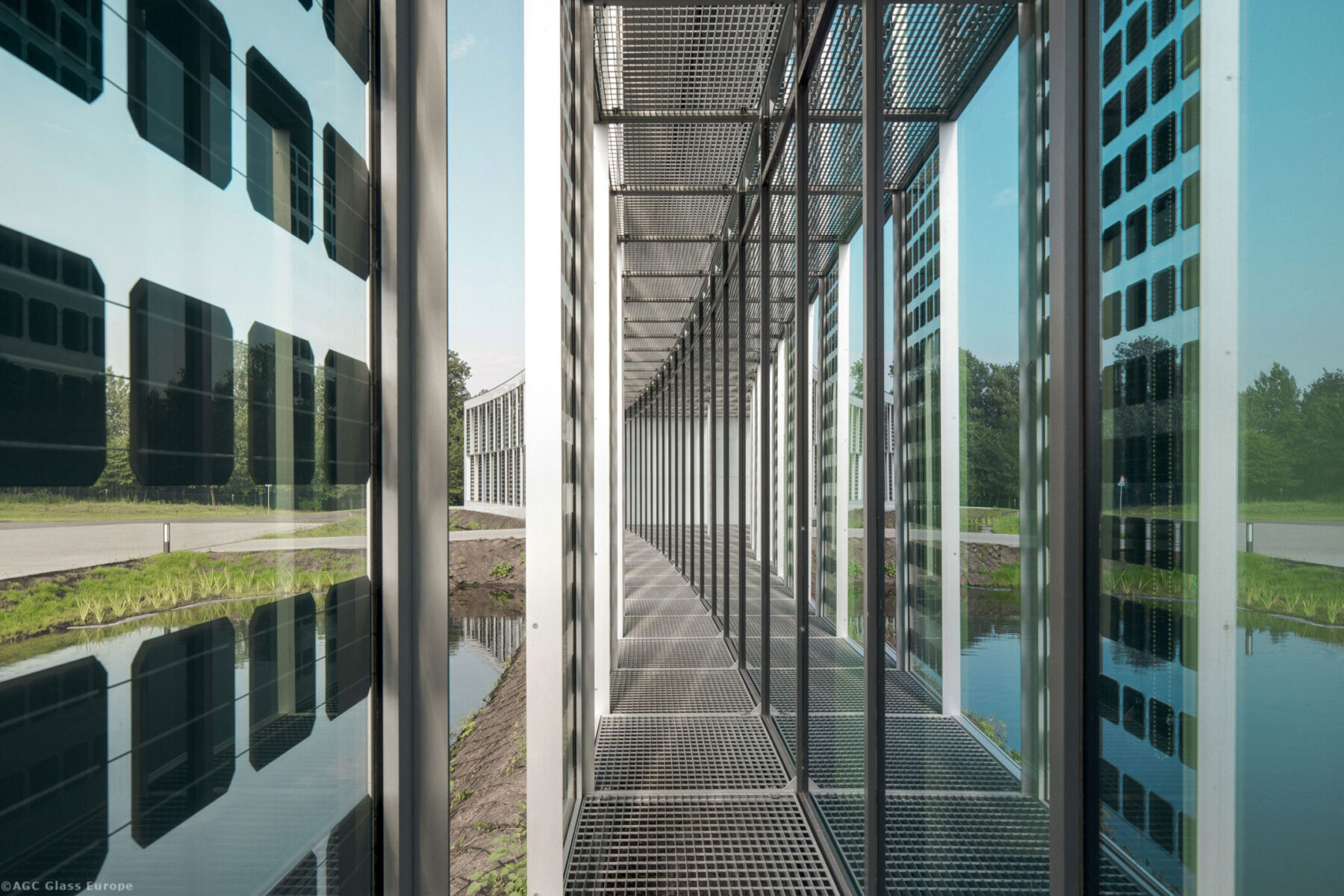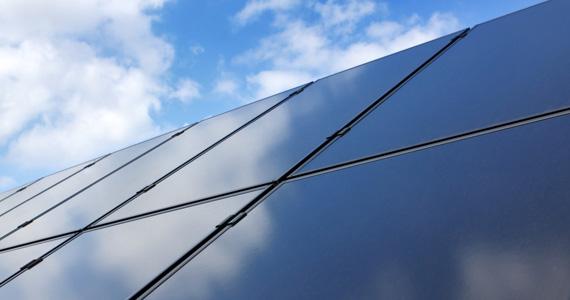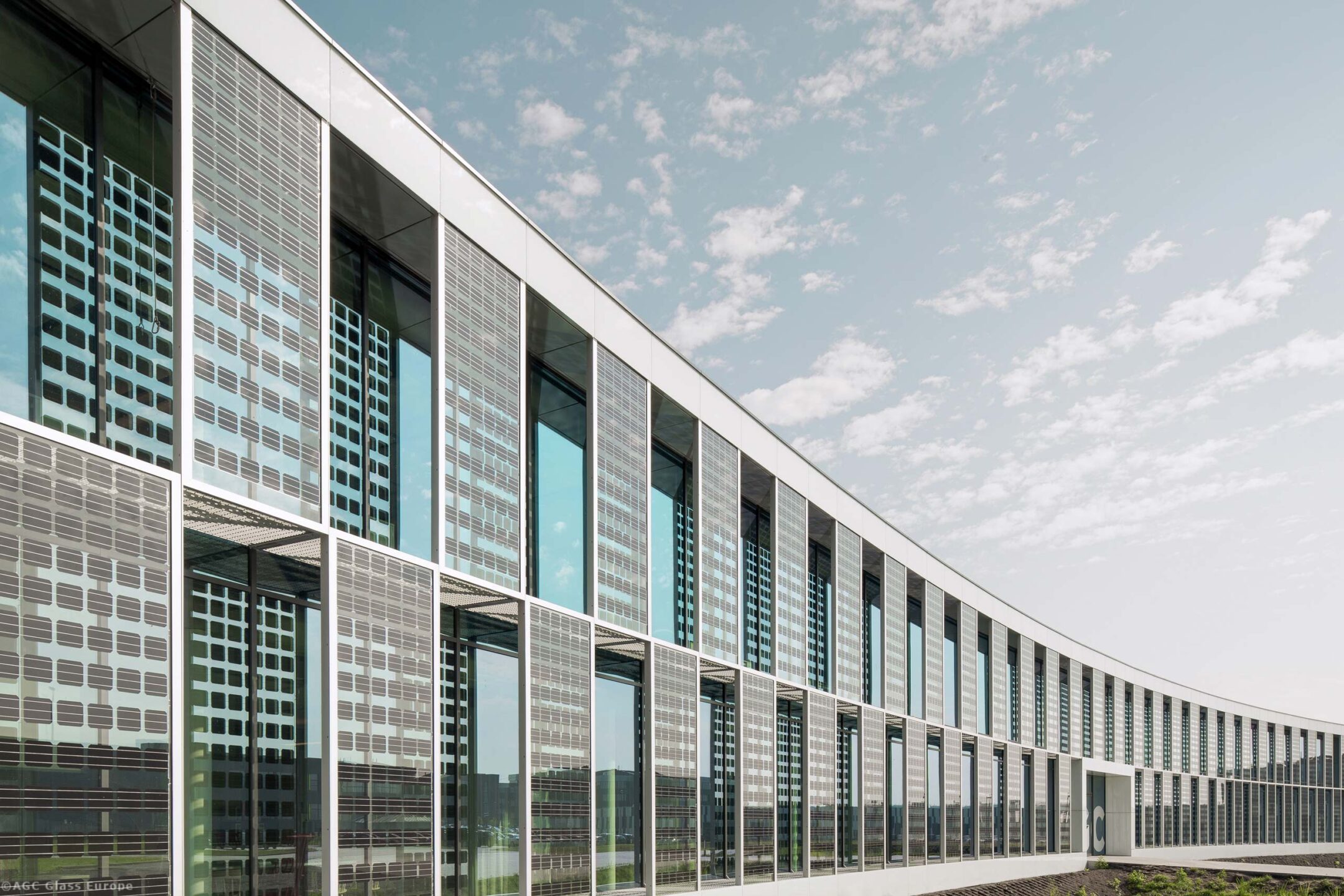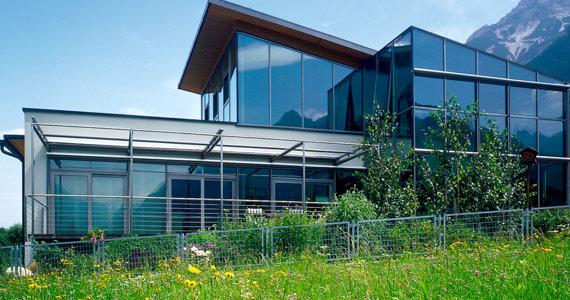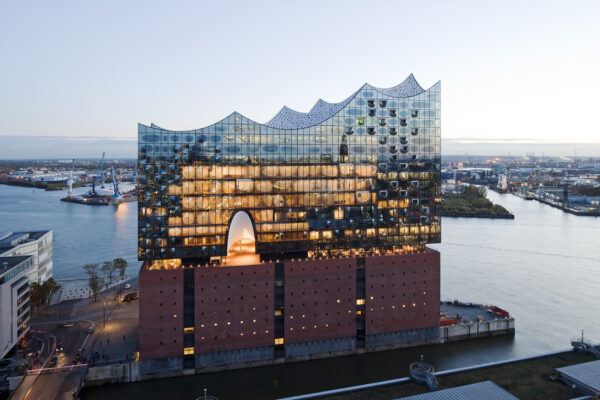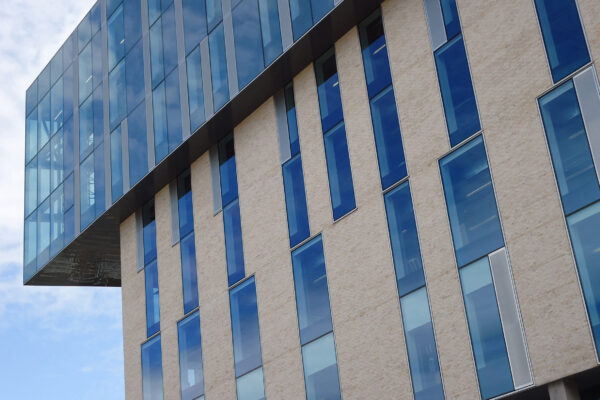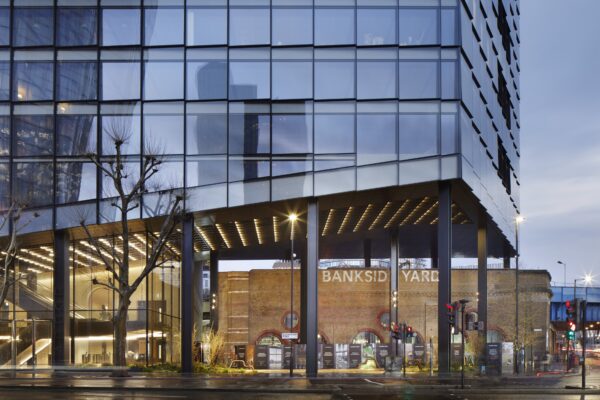ipasolar
For building-integrated photovoltaics that replace roof and facade components, PV modules in a variety of possible colors are an attractive alternative to classic solar systems. The new “ipasolar”, which was developed by AGC Interpane and Fraunhofer ISE, has an efficiency of more than 90 percent despite its colored surface.
The MorphoColor® color layer is a photonic structure in which an interference layer is combined with a geometrically structured substrate in such a way that a particularly narrow-band reflection maximum is produced. As only small parts of the light spectrum are reflected, the remaining sunlight can pass through undisturbed. This reduces efficiency by less than 10 percent. ipasolar-glass can also be used for building-integrated colored solar thermal collectors or PVT collectors.
